Marina Tabassum on the ‘architecture of relevance’
Dhaka-based architect Marina Tabassum – tipped by Frida Escobedo as one of 25 creative leaders of the future in Wallpaper’s 25th Anniversary Issue ‘5x5’ project – on architecture for human wellbeing and dignity
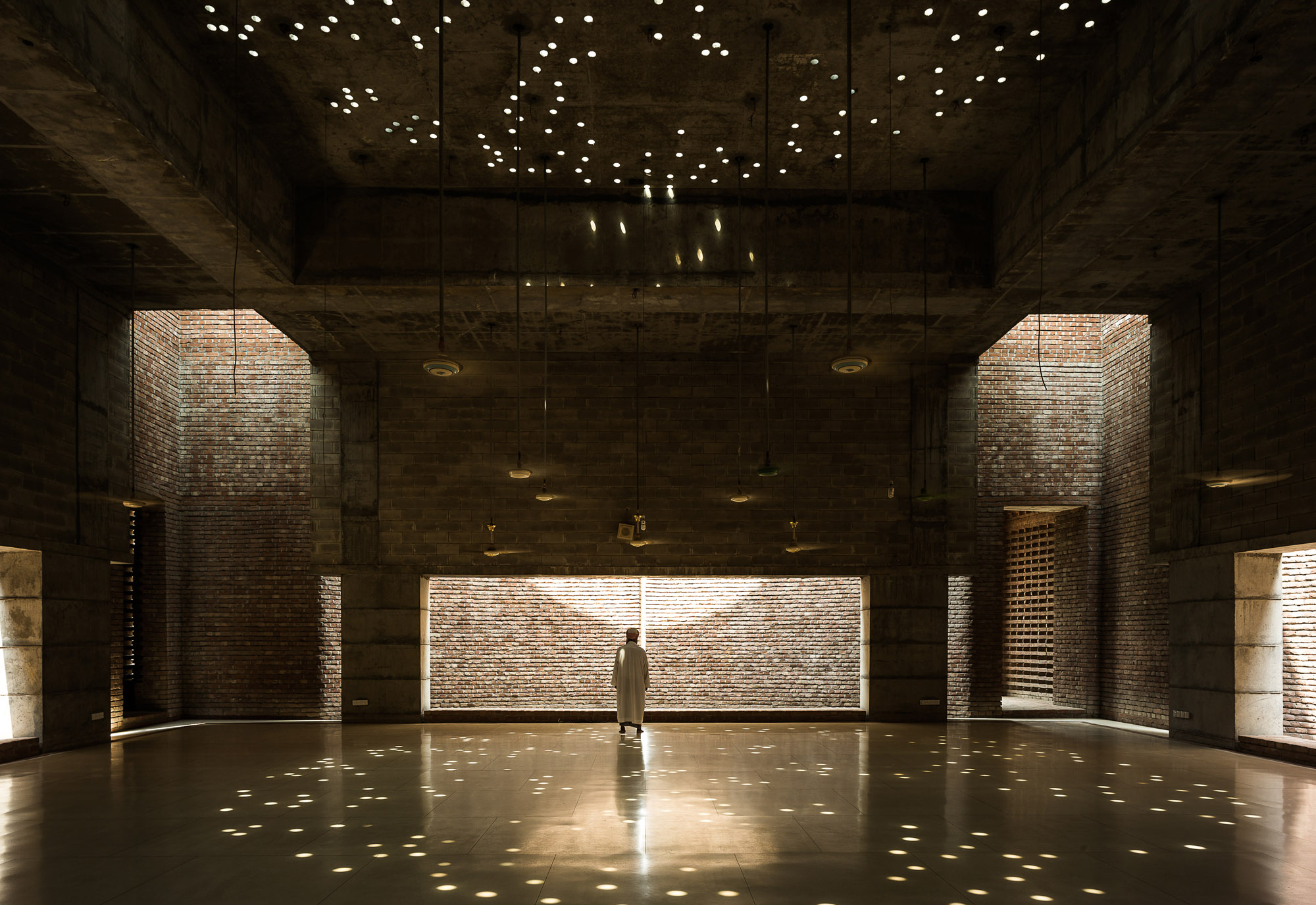
At her eponymous studio in Dhaka, Bangladesh, where she was born and raised, Marina Tabassum is pioneering a new generation of architectural thought, calling for a focus on ‘architecture of relevance’. She says, ‘The market-driven building industry must focus on social and economic equity instead of solely profit-driven practice. We must rethink and re-evaluate our living habits and demands. Small changes can be powerful tools to influence major changes in the world.’
Tabassum has been a radical thinker since childhood. She recalls: ‘I was interested in the creative aspects of things and questioning convention. Architecture offered me the freedom to think and rationalise my queries and to channel my imaginations into reality.’
Pioneering architect Muzharul Islam inspired Marina Tabassum to found her practice in 2005, and her ten-strong studio now has a portfolio that includes museums, community centres and private residences. There is a consistent focus on the relationship that contemporary architecture has with local materials, climate change, culture, history and the community. ‘Every project has a strong research base that accumulates information and engages with the context,' Tabassum explains.
In 2016, she received the Aga Khan Award for Architecture for one of her most notable projects, the Bait ur Rouf mosque (above). Situated in a dense neighbourhood on the outskirts of Dhaka, the one-storey building poetically weaves light and vernacular materials, creating modest communal spaces within the busy landscape. Characterised by its raised plinth, light wells and intimate courtyards, the structure provides a humble place of worship where the local community can host events and gatherings.
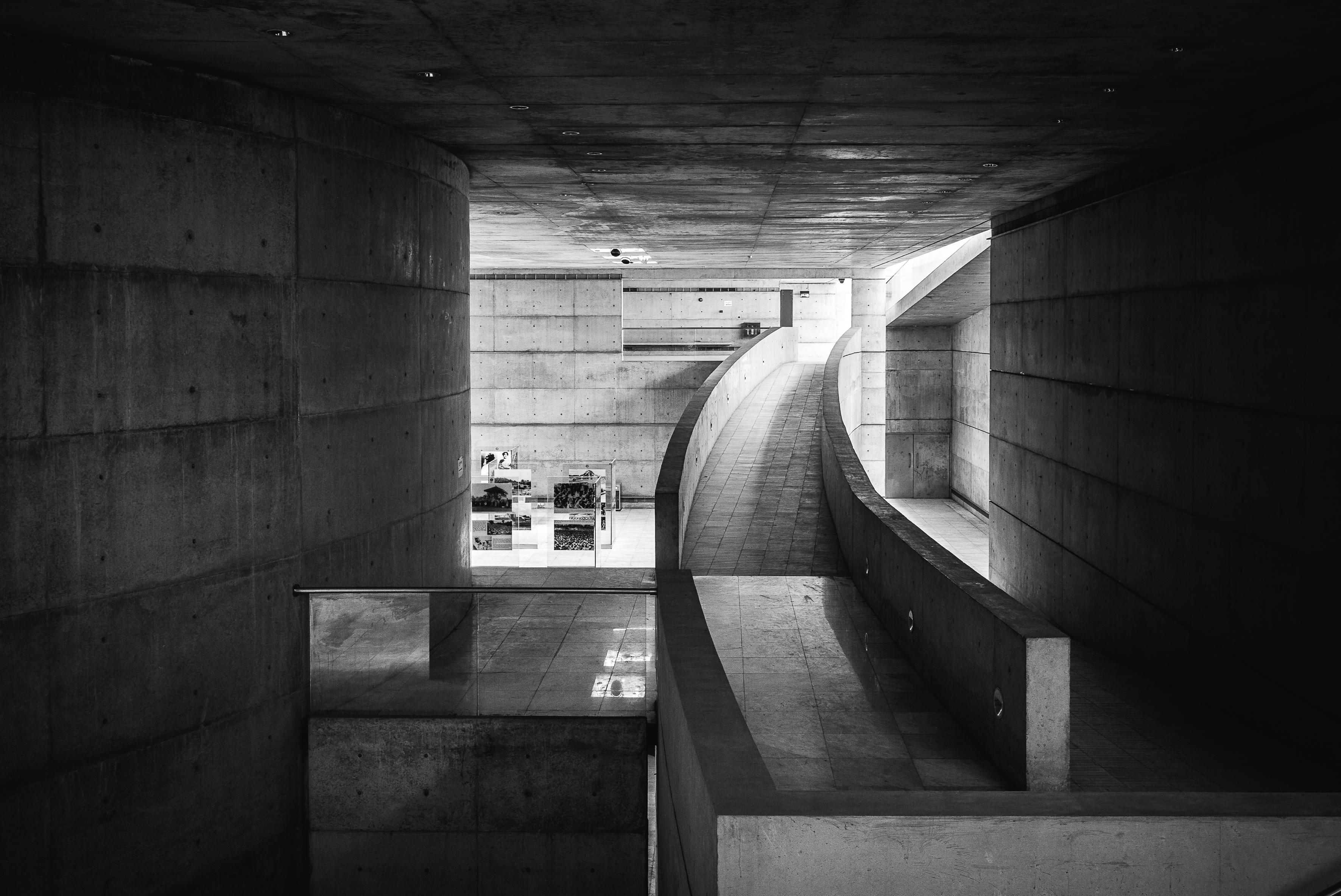
Independence Monument and Liberation War Museum.
Marina Tabassum: bettering lives
Tabassum is currently working in the Rohingya refugee camps in Cox’s Bazar, in south-east Bangladesh, and designing mobile modular houses for ultra-low-income people in the country’s coastal areas.
I am more drawn to projects that help to elevate human conditions for dignified living
Marina Tabassum
Beyond her humanitarian work, she is a leading advocate for a more environmentally responsible architecture industry. ‘To make a better world, the first step is to realise that we are heading towards extinction as a species because of our actions of the past century and our inaction to change our ways,’ she explains.
She has also been a visiting professor at Dhaka’s BRAC University since 2005. ‘I see teaching as a bridge between generations,’ she says. ‘As a teacher, my responsibility is to inspire students and guide them towards their potential strengths. At the same time, I am rejuvenated by their new ideas and their perceptions of the world and life in general. I feel it's a reciprocal process where one is informed by the other on different levels. Both the teacher and the student grow through the process. That's why I teach.’
Receive our daily digest of inspiration, escapism and design stories from around the world direct to your inbox.
As the university’s course coordinator for Contemporary South Asian Architecture, Tabassum has been a keen promoter of architecture that responds to and honours local context. ‘The architecture curriculum in my school where I studied, Bangladesh University of Engineering and Technology, was formulated by Professors from Texas A&M in the 1960s,’ she recalls.
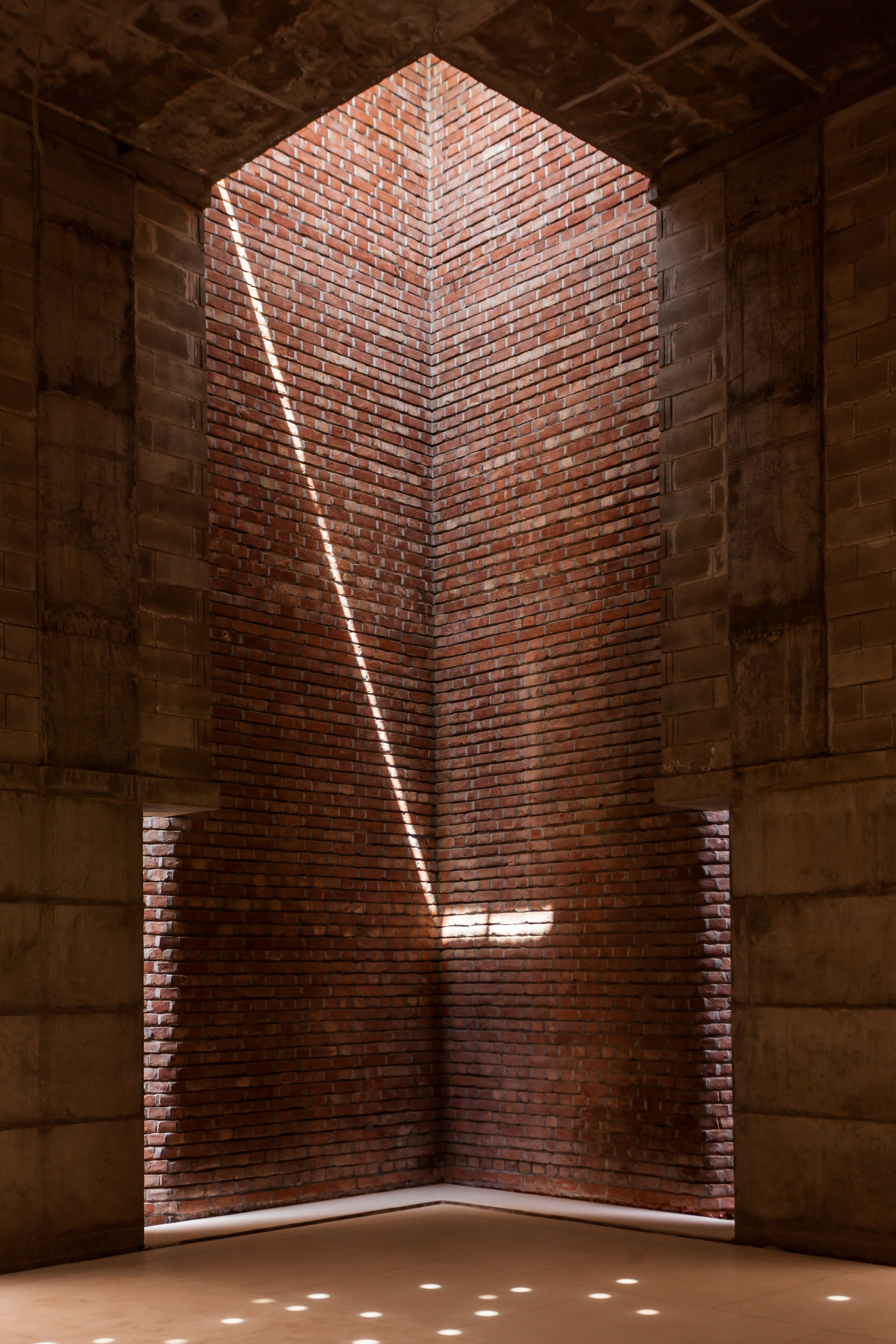
Bait Ur Rouf mosque.
‘I have learnt the fundamentals and values of good architecture from the Western-centric education system. But in practice, I re-evaluated all my learnings and appropriated them according to the context I practiced in.’ According to Tabassum, ‘every region must appropriate architecture education and practice based on their context and time. One needs to go through a process of unlearning to define one's own architecture practice, process, and language.’
Tabassum’s work is human, refined and well-considered. However, what sets her apart from fellow architects is her critical thinking and holistic approach. She isn’t interested in bold, aesthetically pleasing forms but in ways in which she can better the lives of others. ‘A work of architecture may not always result in a building or an object that is visually pleasing,’ she says. ‘Depending on the context, it could mean the wellbeing of the human condition and environment.’
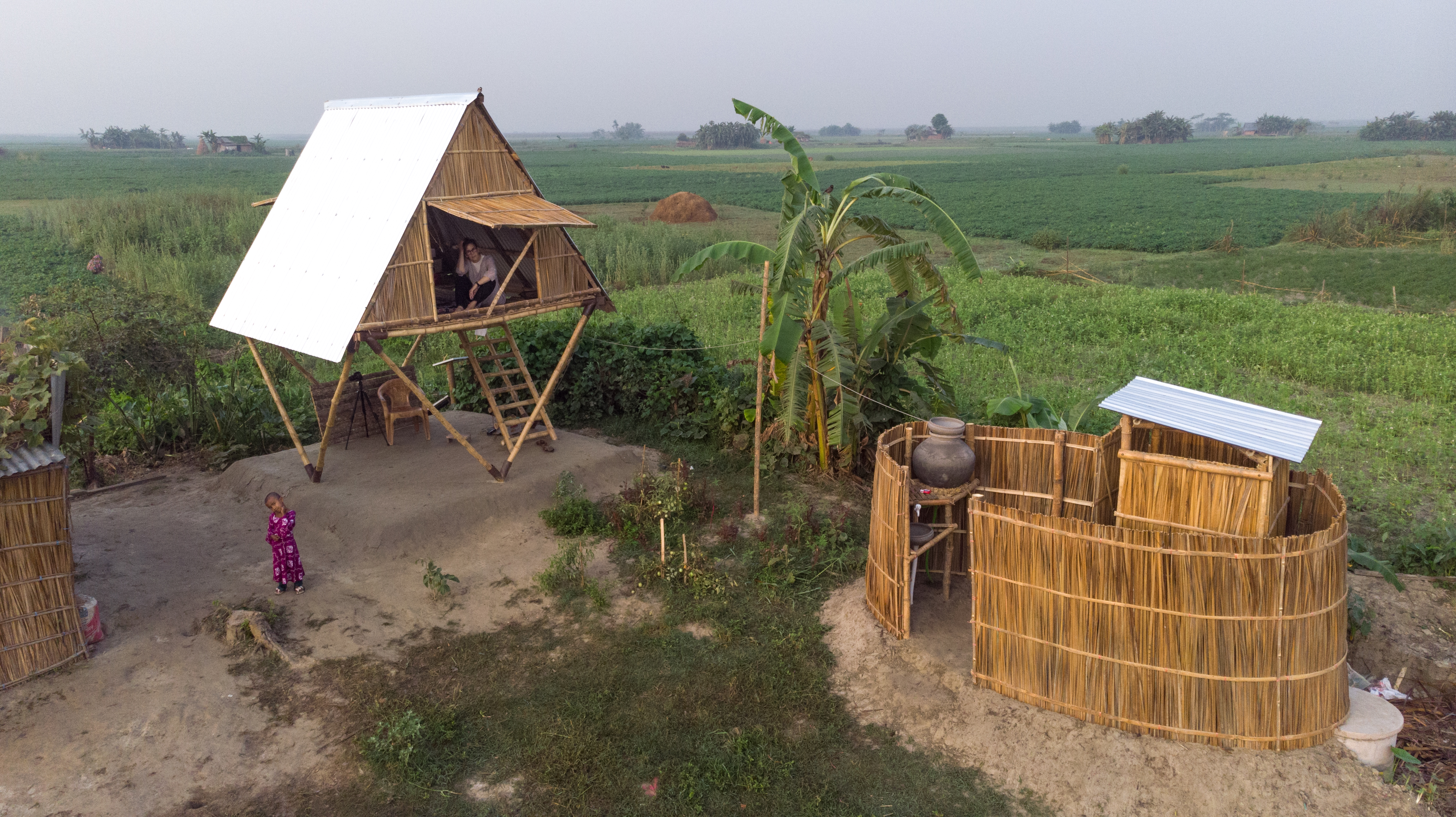
Khudi Bari.
INFORMATION
A version of this article appears in Wallpaper’s October 2021, 25th Anniversary Issue (W*270), on newsstands now and available to subscribers – 12 digital issues for $12/£12/€12.
Meet more creative leaders of the future nominated by architect Frida Escobedo here.
Shawn Adams is an architect, writer, and lecturer who currently teaches at Central St Martins, UAL and the Architectural Association. Shawn trained as an architect at The Royal College of Art, Architectural Association and University of Portsmouth. He is also the co-founder of the socially-minded design practice Power Out of Restriction. In 2023, POoR won the London Design Festival’s Emerging Design Medal. Shawn writes for numerous international magazines about global architecture and design and aims to platform the voices of those living across the Caribbean, Asia, and Africa.
-
 This cult Los Angeles pop-up restaurant now has a permanent address
This cult Los Angeles pop-up restaurant now has a permanent addressChef Brian Baik’s Corridor 109 makes its permanent debut in Melrose Hill. No surprise, it's now one of the hardest tables in town to book
-
 French bistro restaurant Maset channels the ease of the Mediterranean in London
French bistro restaurant Maset channels the ease of the Mediterranean in LondonThis Marylebone restaurant is shaped by the coastal flavours, materials and rhythms of southern France
-
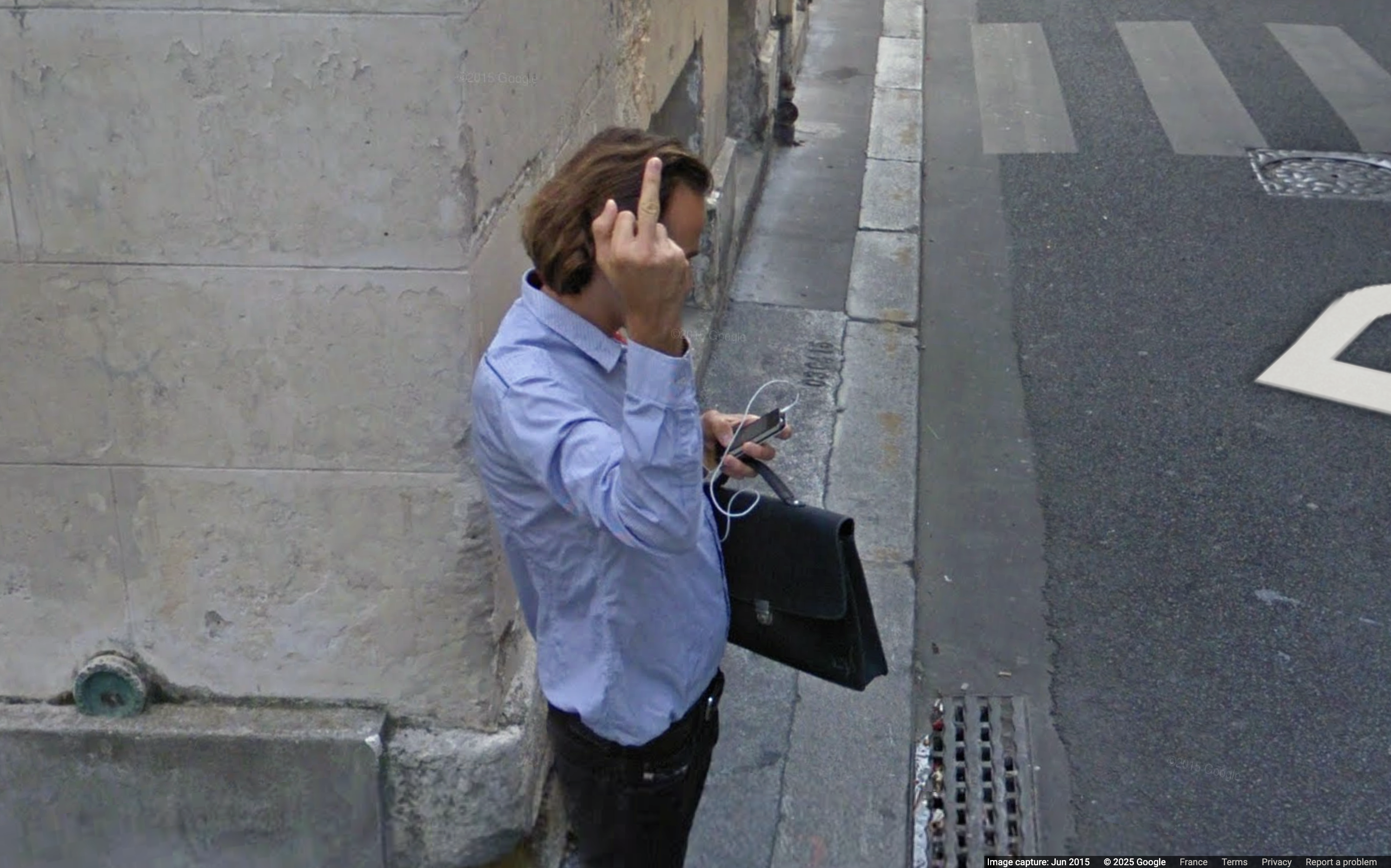 How ethical is Google Street View, asks Jon Rafman in Copenhagen
How ethical is Google Street View, asks Jon Rafman in CopenhagenIn 'Report a Concern - the Nine Eyes Archives' at Louisiana Museum of Art, Copenhagen, Jon Rafman considers technology's existential implications
-
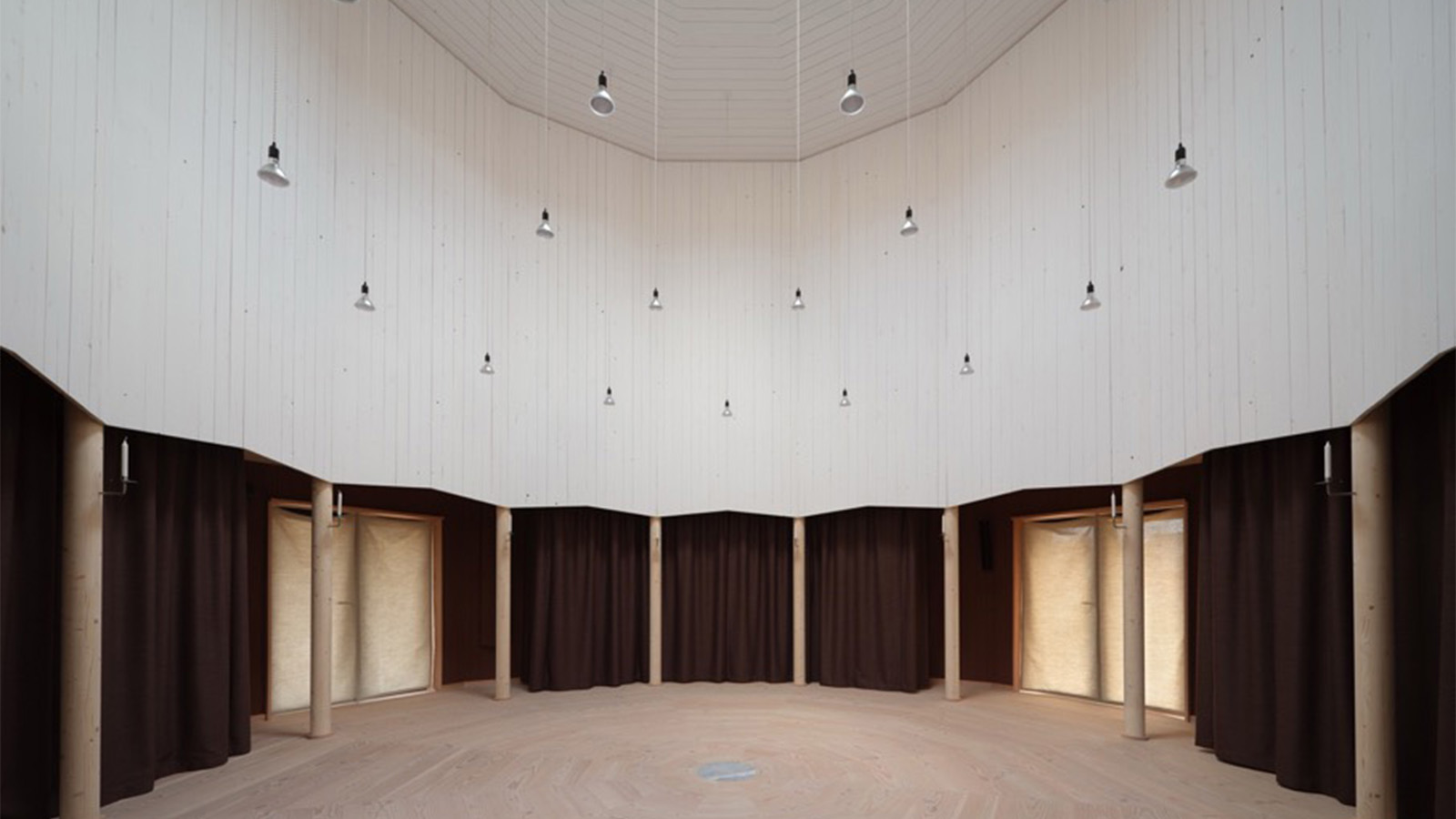 This tiny church in Denmark is a fresh take on sacred space
This tiny church in Denmark is a fresh take on sacred spaceTiny Church Tolvkanten by Julius Nielsen and Dinesen unifies tradition with modernity in its raw and simple design, demonstrating how the church can remain relevant today
-
 A new village chapel in the Czech Republic is rich in material and visual symbolism
A new village chapel in the Czech Republic is rich in material and visual symbolismStudio RCNKSK has completed a new chapel - the decade-long project of Our Lady of Sorrows in Nesvačilka, South Moravia
-
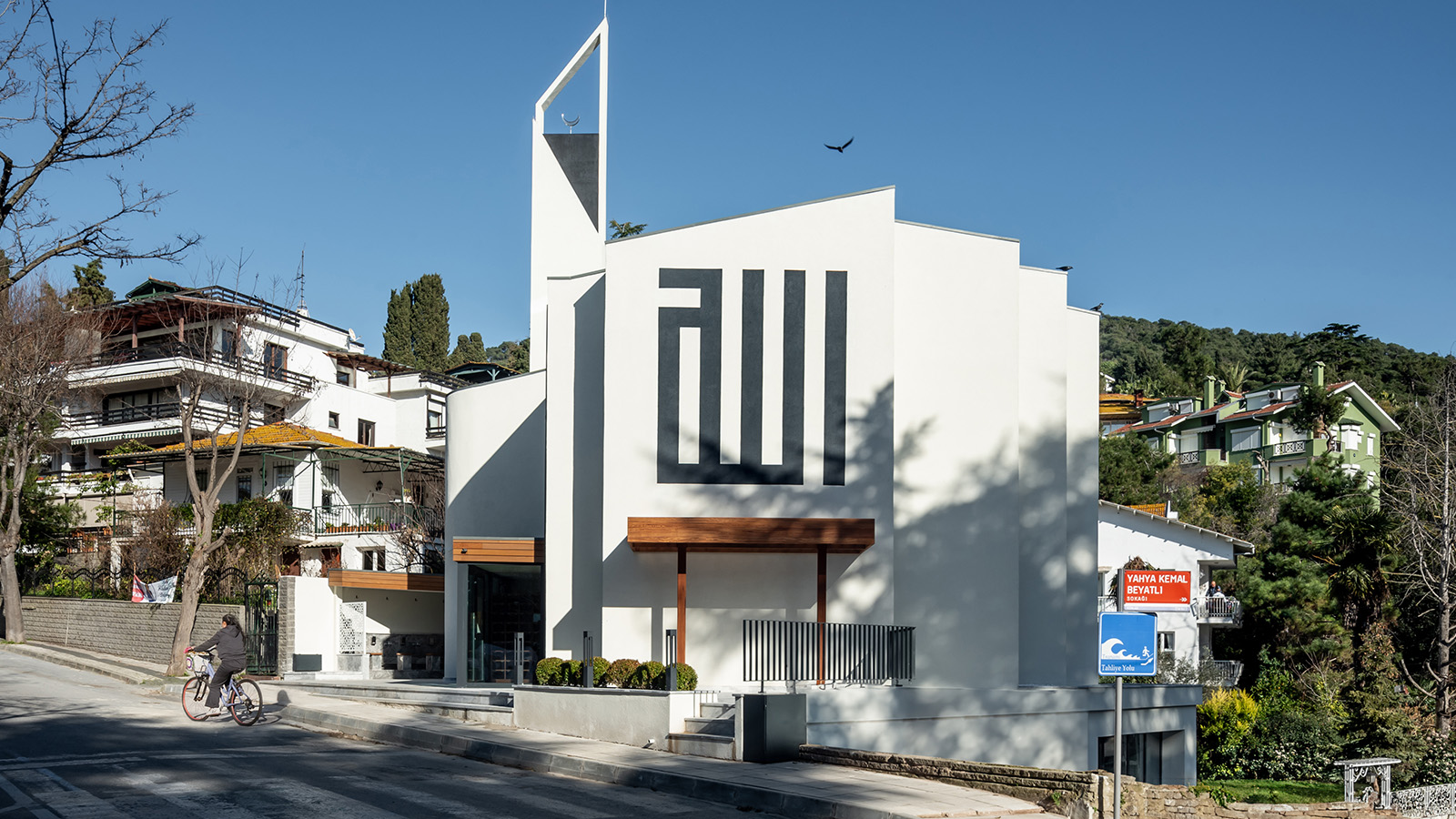 A contemporary Istanbul mosque offers a take on tradition
A contemporary Istanbul mosque offers a take on traditionTurkey's Degostudio crafts this Istanbul mosque as a new, functional space for worship with accessible facilities
-
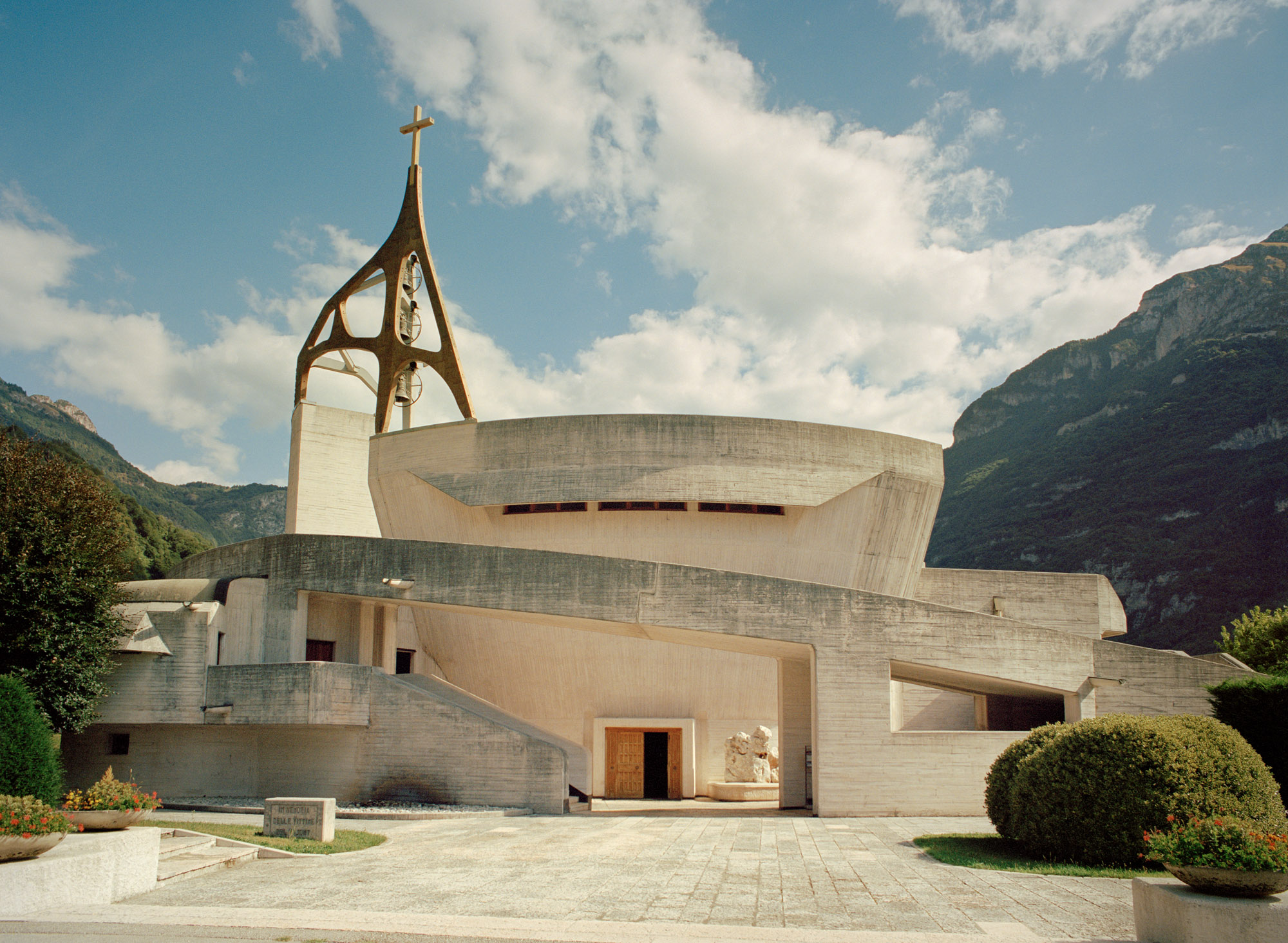 Giovanni Michelucci’s dramatic concrete church in the Italian Dolomites
Giovanni Michelucci’s dramatic concrete church in the Italian DolomitesGiovanni Michelucci’s concrete Church of Santa Maria Immacolata in the Italian Dolomites is a reverently uplifting memorial to the victims of a local disaster
-
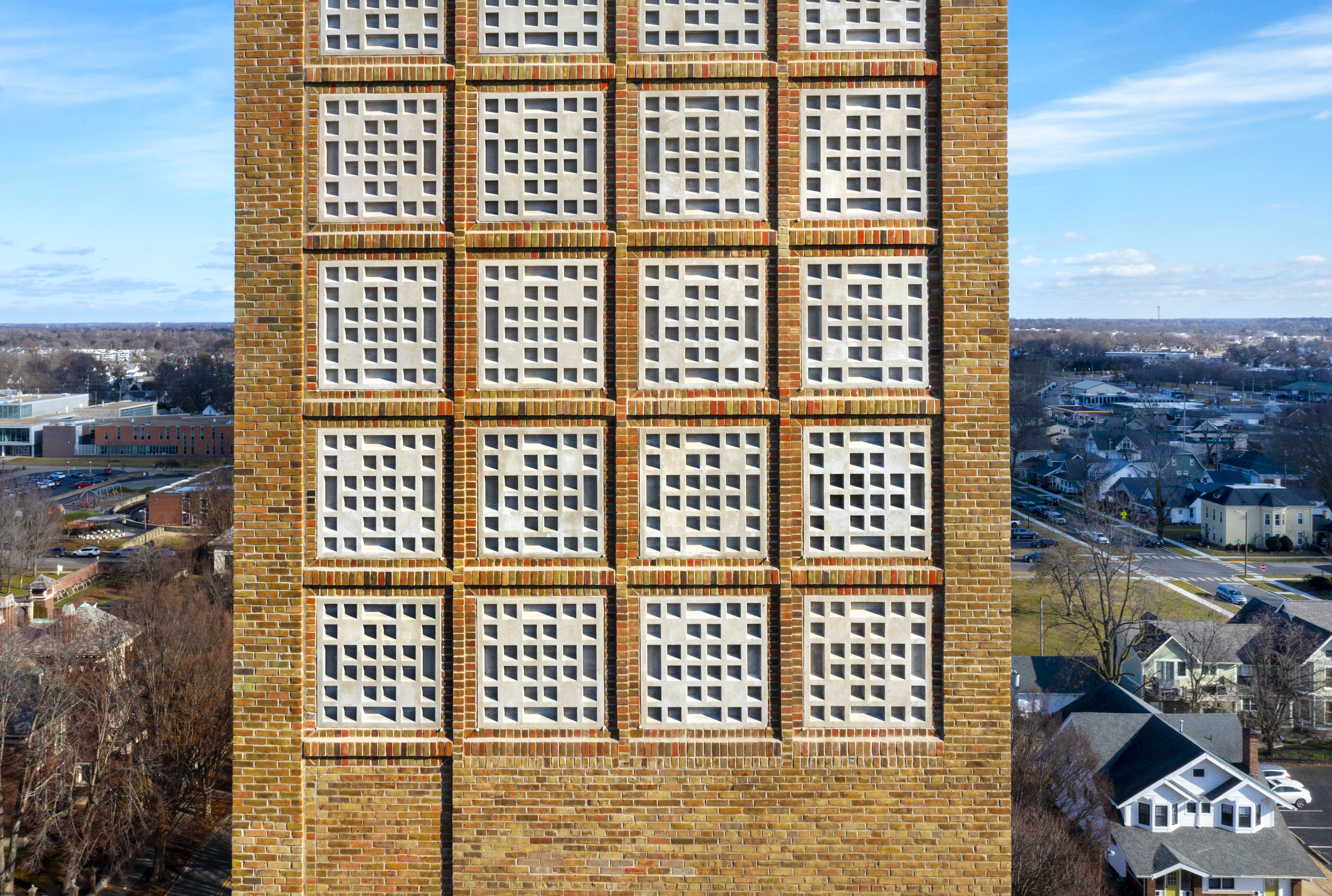 The modernist First Christian Church celebrates its iconic tower’s restoration in Columbus
The modernist First Christian Church celebrates its iconic tower’s restoration in ColumbusThe modernist First Christian Church in Columbus, Indiana, designed by Eliel and Eero Saarinen, has completed extensive restoration works on its iconic tower
-
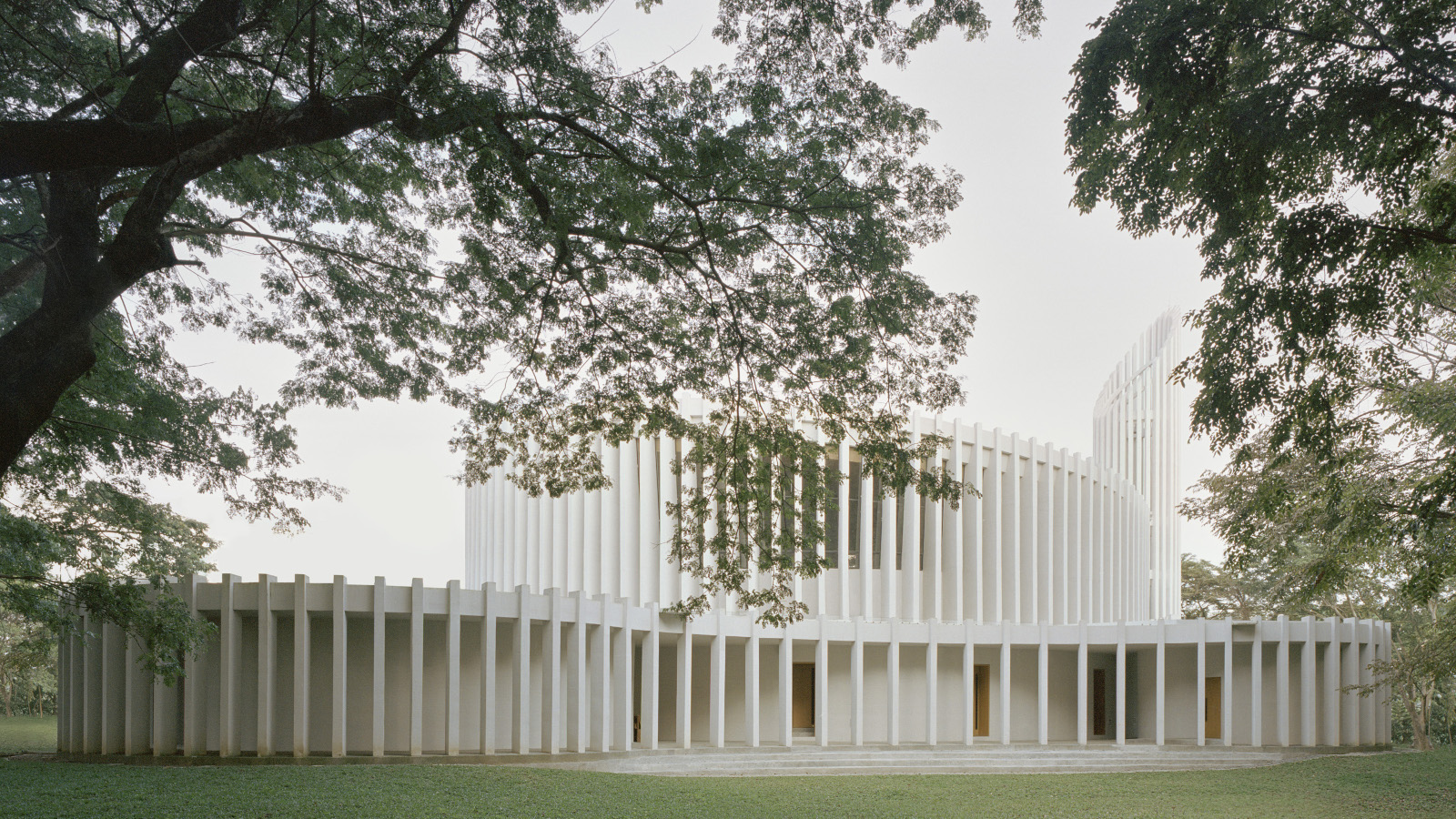 CAZA’s Santuario de La Salle aims to ‘connect people to place and heritage’
CAZA’s Santuario de La Salle aims to ‘connect people to place and heritage’CAZA’s Santuario de La Salle church pushes the boundaries of traditional religious design at the De La Salle University campus in the Philippines’ Biñan City
-
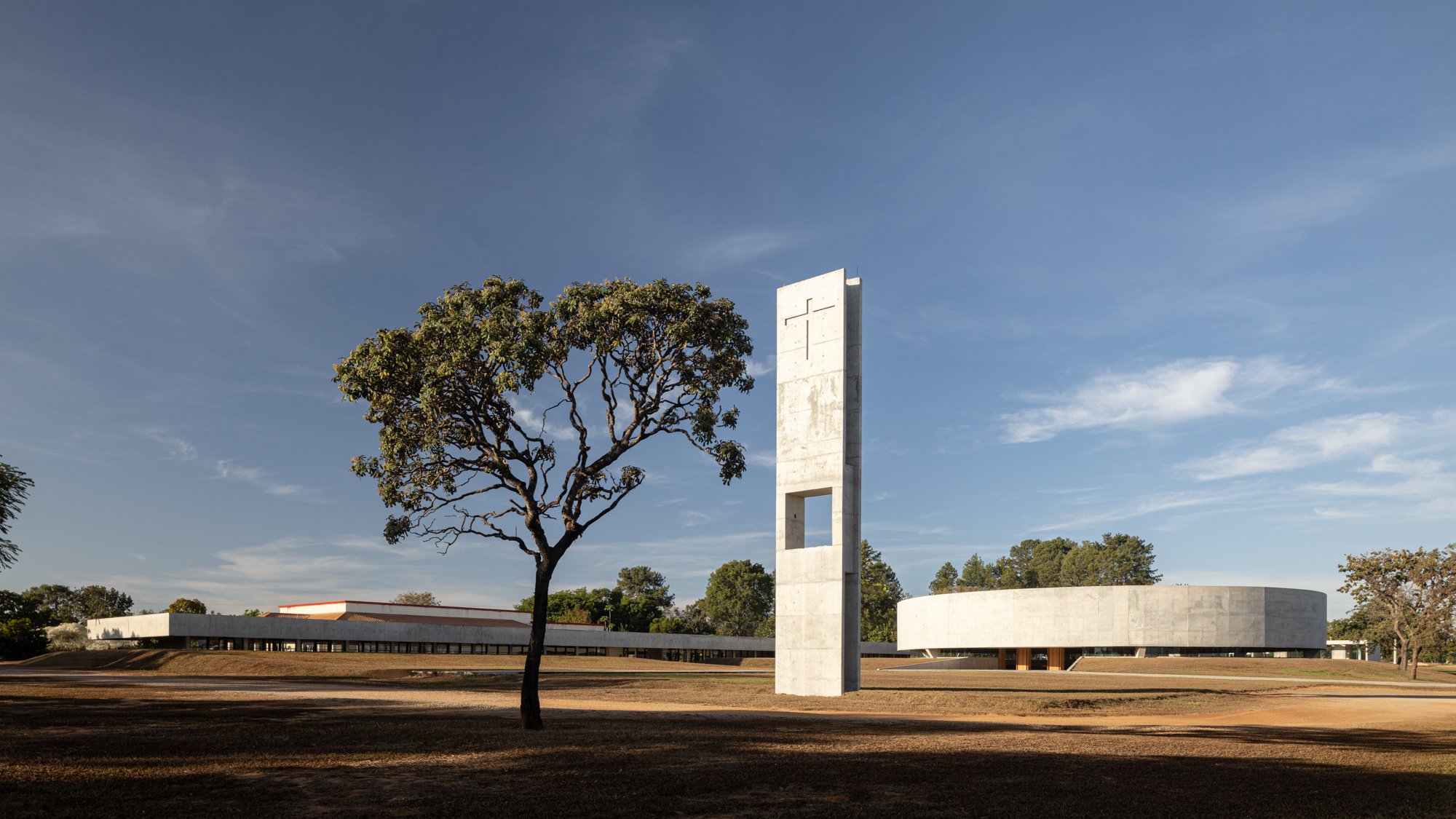 A spectacular Brazilian church evokes the spirit of Niemeyer and Costa
A spectacular Brazilian church evokes the spirit of Niemeyer and CostaARQBR Arquitetura e Urbanismo has shaped a dramatic new concrete Brazilian church that emerges from the landscape of the country's Highlands
-
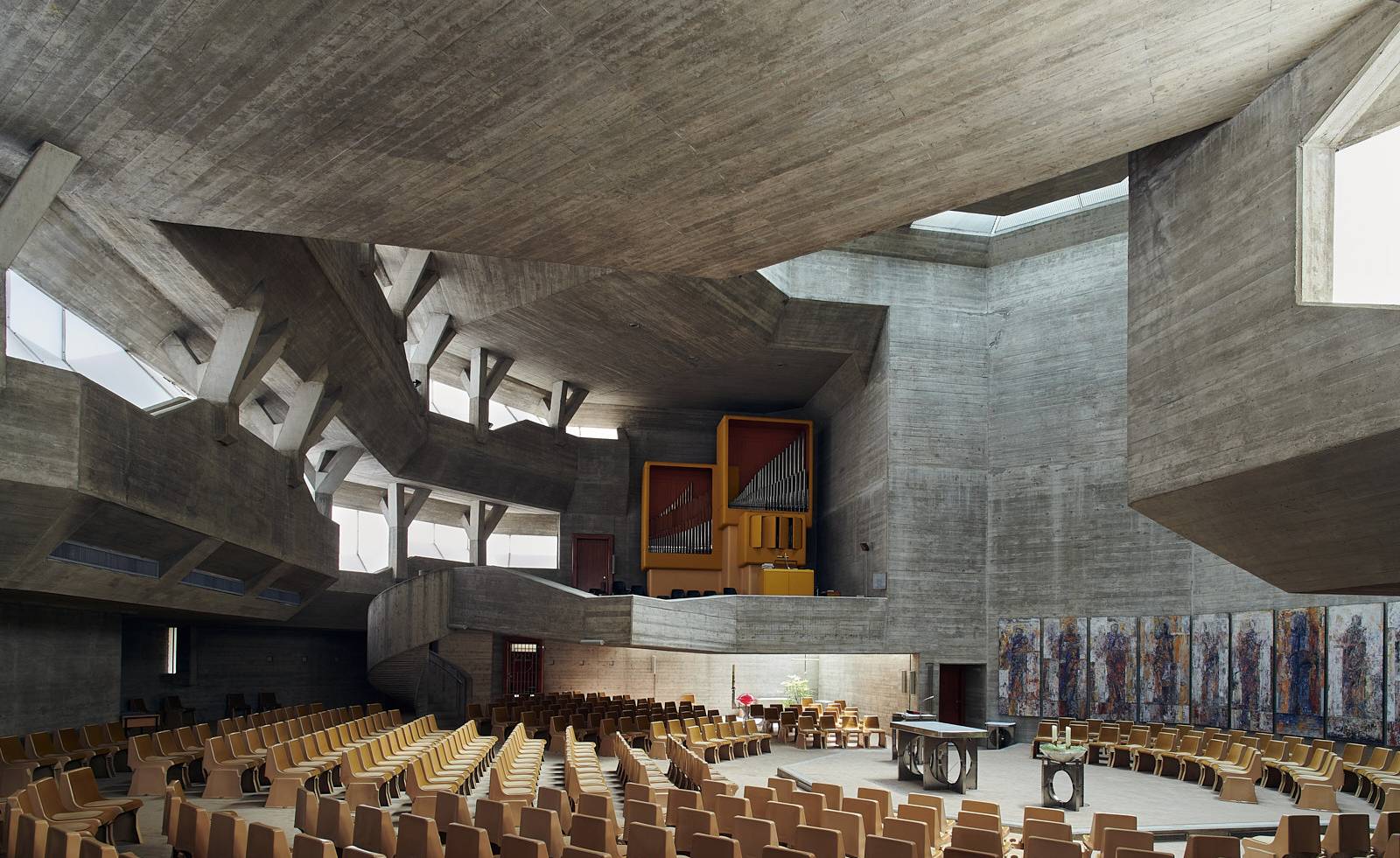 A photographer’s pilgrimage around Europe’s most spectacular modern churches
A photographer’s pilgrimage around Europe’s most spectacular modern churchesPhotographer Jamie McGregor Smith captures some of Europe’s most striking religious architecture – modern churches